Blockchain Protocols
Blockchain is a distributed ledger, totally decentralized. However informations within the ecosystem has to be shared in some kind of…
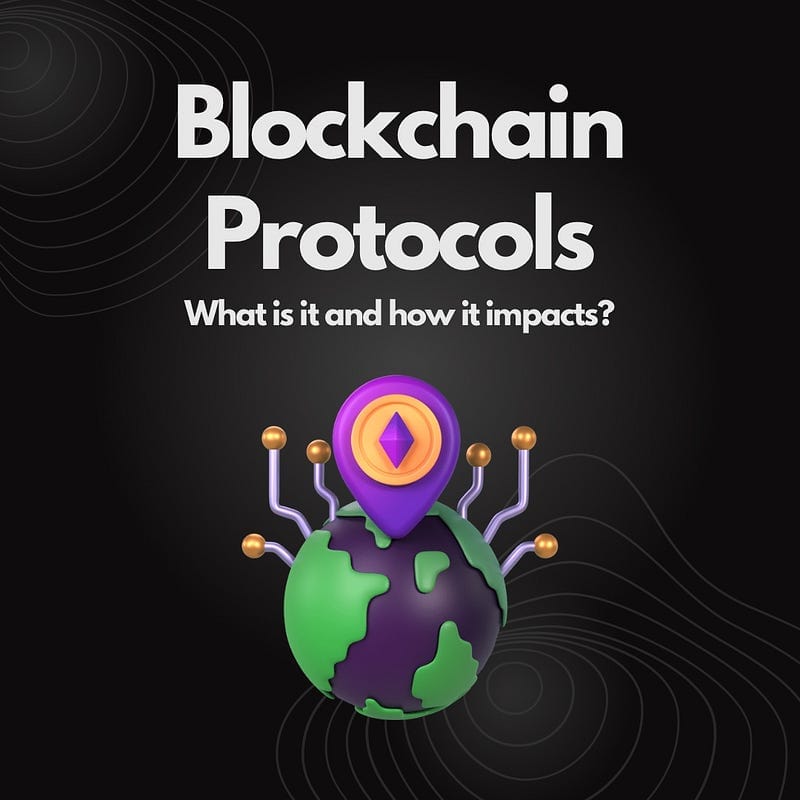
Blockchain is a distributed ledger, totally decentralized. However informations within the ecosystem has to be shared in some kind of order, following described rules, etc.
That is why protocols were implemented.
Agenda
- intro,
- what is it?
- how it works?
- examples,
- conclusion.
What is it?
The Internet has implemented few protocols like HTTPS, HTTP, FTP, SSH, blockchain as a network can not be worse at this point.
The differences between Internet protocols and blockchain protocols are significant.
“Protocols matter because they determine the scope of functionality that your software can provide.”
It is crucial to understand modern protocols, to not “reinvent wheel” and build own network faster and more secure.
protocol is a set of rules or procedures that govern the transfer of data between two or more electronic devices in computer science.”
This protocol establishes how information must be structured in order for computers to exchange it, as well as how each party will send and receive it.
According to blockchain, protocols within it has to allow information to be shared automatically, securely, and reliably across cryptocurrency networks.
How it works?
Let’s assume that there are users A and B.
- User A makes a request for transaction, there is created a new block and can not be altered.
- then block is send to nodes in the network. It is done by protocols,
- nodes verify transaction,
- reward is sent, protocols update the data in the distributed ledger,
- transaction is completed.
The involvement of protocols can be caught in the diagram below:
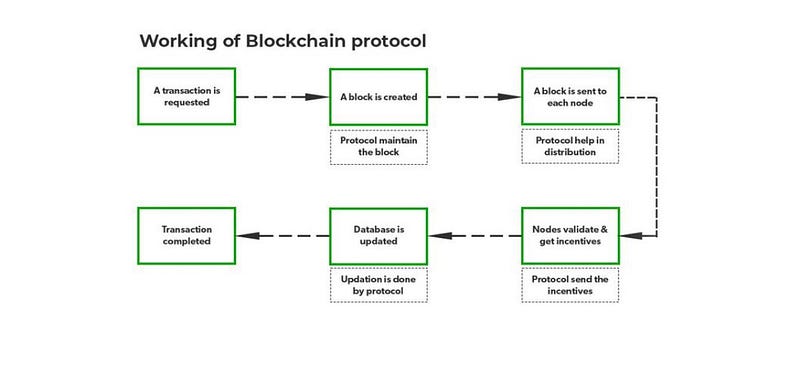
Examples
- Hyperledger.
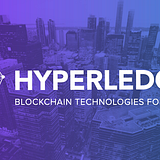
2. Multichain.

3. Enterprise Ethereum.
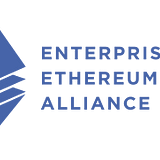
4. Corda

5. Quorum.
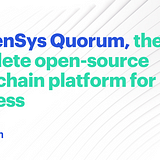
Conclusion
Protocols are just a set of rules, to avoid a mess in datasets of blockchains. Transactions, new blocks have to be maintained in some order.
Implementation of chosen rules has to be considered and proceeded wisely, for achieving the most accurate result.
Do you like my web3 content? Follow repo below:





